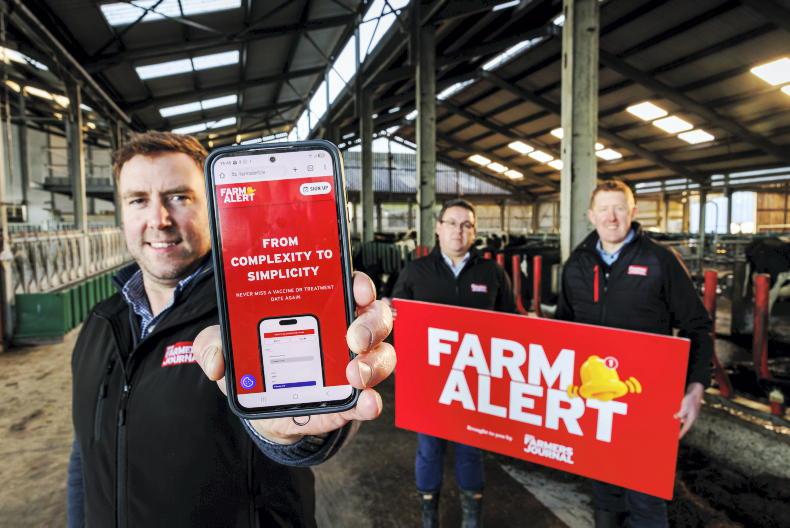In response to the Irish Farmers Journal agri-jobs survey, which was completed this month by agri-food companies across different sectors in the industry, 58% of respondents have increased their head count in 2023, compared to 16% decreasing head count.
Finding the right candidate can be seen across the board as 76% of people responded “yes” to having difficulties in filling roles.
When asked to give a reason for this, the majority (80% of respondents) said it was due to a shortage of qualified candidates.
A further 12% said they were not able to compete with other employers while 2% said it was Covid-19-related and 6% said other.
Industry overview
According to the Central Statistics Office (CSO), 164,900 people were employed in the agri-food sector in 2022, which accounts for 6.5% of total employment. Some €45,800 was the estimated average family farm income across all systems. In 2022, this ranges from €9,400 for cattle rearing to €150,900 for dairy.
The rising age profile of the average farmer in Ireland continues to cause concern. The most current research shows that almost one third of all farm holders were aged 65 or over.
Since COVID-19, the jobs workforce has changed significantly. Hybrid working became the new norm and, for many, that trend continues across the employment sector.
It’s hard to say if employees will ever be back to working in the office five days a week but certainly for the moment, the hybrid and remote working structures are here to stay.
In the survey, 38% of companies responded that their employees are working from home two days a week. This is the most popular option.
Read more
Education in crisis with teachers shortages in rural schools
Agri Careers: first ag Science students graduate from UCC
In response to the Irish Farmers Journal agri-jobs survey, which was completed this month by agri-food companies across different sectors in the industry, 58% of respondents have increased their head count in 2023, compared to 16% decreasing head count.
Finding the right candidate can be seen across the board as 76% of people responded “yes” to having difficulties in filling roles.
When asked to give a reason for this, the majority (80% of respondents) said it was due to a shortage of qualified candidates.
A further 12% said they were not able to compete with other employers while 2% said it was Covid-19-related and 6% said other.
Industry overview
According to the Central Statistics Office (CSO), 164,900 people were employed in the agri-food sector in 2022, which accounts for 6.5% of total employment. Some €45,800 was the estimated average family farm income across all systems. In 2022, this ranges from €9,400 for cattle rearing to €150,900 for dairy.
The rising age profile of the average farmer in Ireland continues to cause concern. The most current research shows that almost one third of all farm holders were aged 65 or over.
Since COVID-19, the jobs workforce has changed significantly. Hybrid working became the new norm and, for many, that trend continues across the employment sector.
It’s hard to say if employees will ever be back to working in the office five days a week but certainly for the moment, the hybrid and remote working structures are here to stay.
In the survey, 38% of companies responded that their employees are working from home two days a week. This is the most popular option.
Read more
Education in crisis with teachers shortages in rural schools
Agri Careers: first ag Science students graduate from UCC









SHARING OPTIONS